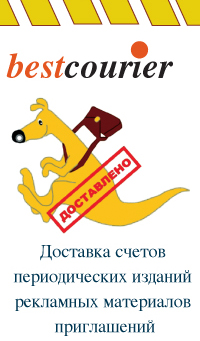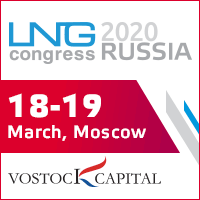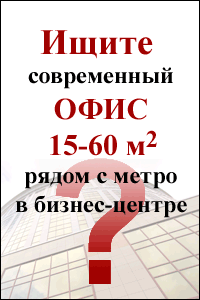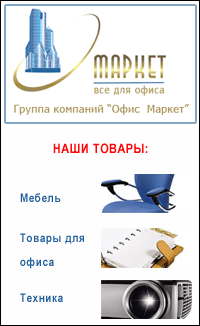Analysis of Russian companies’ dividend policies

In developed Western countries, the level of dividend payments is one of the basic factors used by investors to choose companies’ stocks for investments. In the global market economy, shareholders traditionally receive their main incomes not from sale of stocks, as it was in Russia for a long time, but in form of dividends.
In 1999-2005, the increases in stock values significantly in Russia far exceeded the dividend yields. For instance, the annual increase in the value of the benchmark RTS Index over this period averaged 40%, while the average dividend yield of Russian companies’ stocks was about 2%. Consequently, shareholders of Russian companies’ stocks did not really care about the level of dividend payouts by those companies.
Trading strategies
One of the trading strategies on the stock exchange market is the purchase of shares of companies, which pay generous dividends prior to the record date. In this case, investors receive one more bonus, in addition to dividends: reduction of taxable base. According to the Russian legislation, an investor must pay a 13% income tax for revenues from the increase in the market value of stocks, but pay only a 9% income tax on dividends. Therefore, it is not surprising that the demand for shares usually increases significantly 2-4 days before the closure of the record date. It goes without say that companies paying generous dividends enjoy the highest demand.
However, there are not many ‘generous’ Russian companies, when it comes to dividend payouts. Traditionally, TNK-BP, GazpromNeft, Tatneft and Novorossiysk Commercial Sea Port Co. are among the few generous corporations. Similarly, North-West Telecom, Uralsvyazinform, Rostelecom, Surgutneftegaz and Tatneft are known for paying high dividends to holders of their preferred shares. However, for the majority of stocks on the Russian equity market, the level of profitability is low, and, given the high level of inflation, their dividend yields are, consequently, of low interest to most shareholders.
Conclusion












 Web design,
Web design,